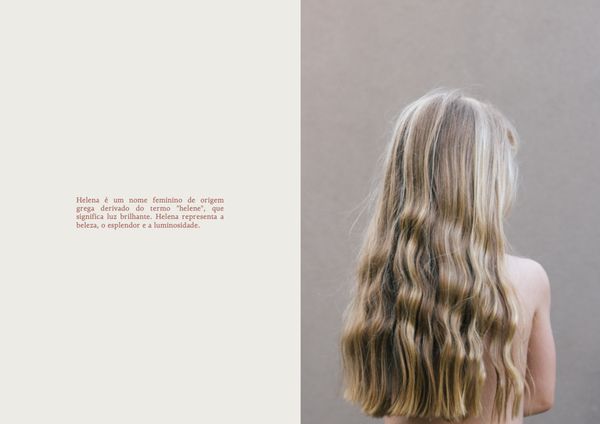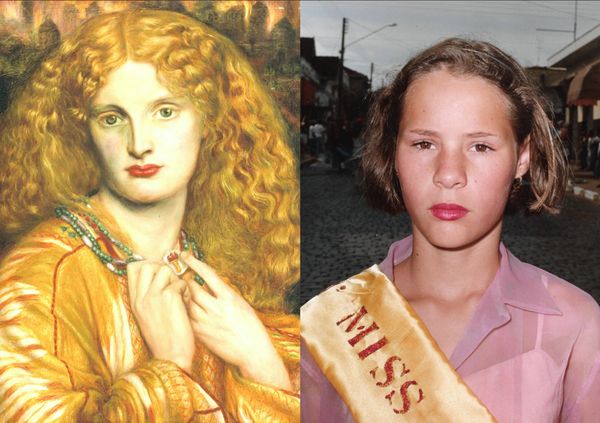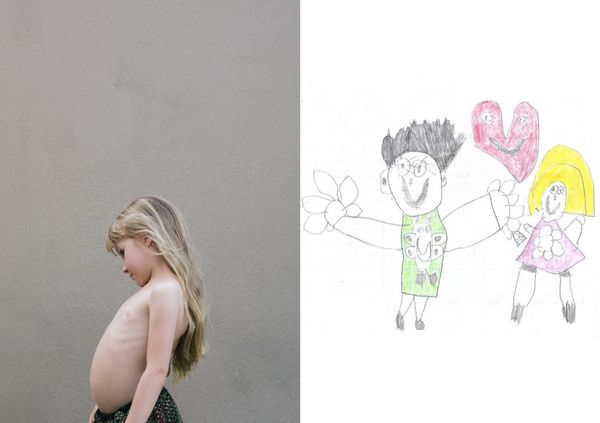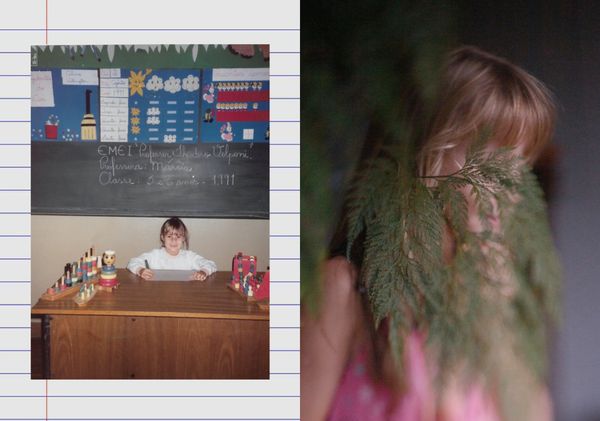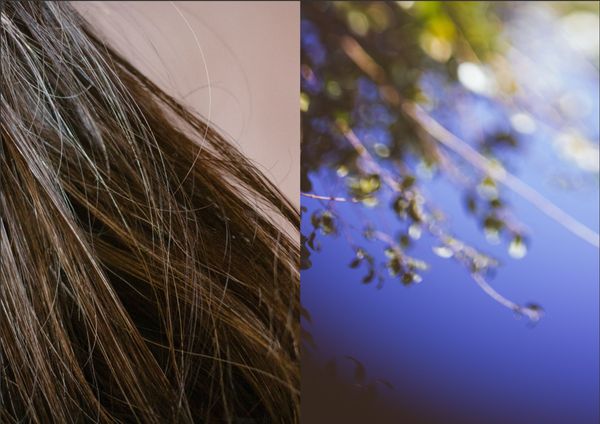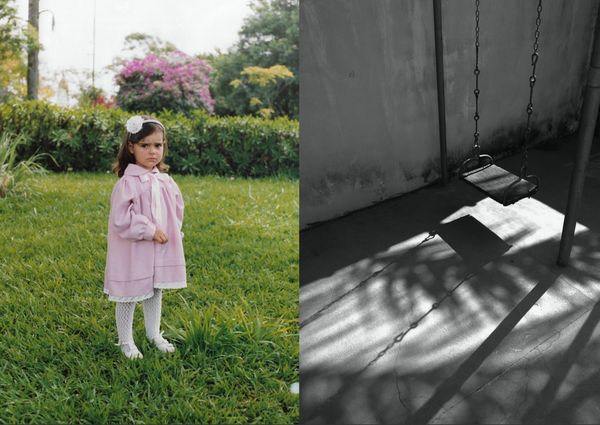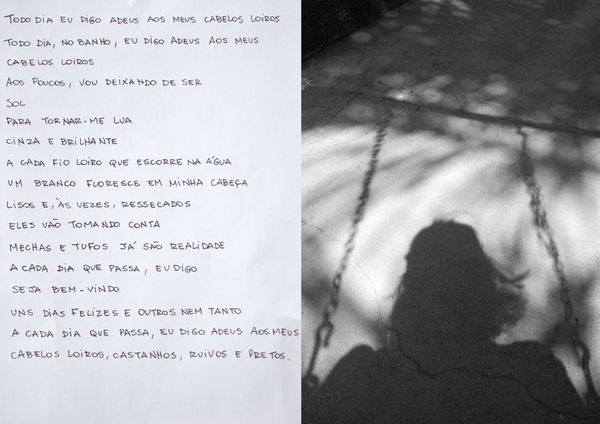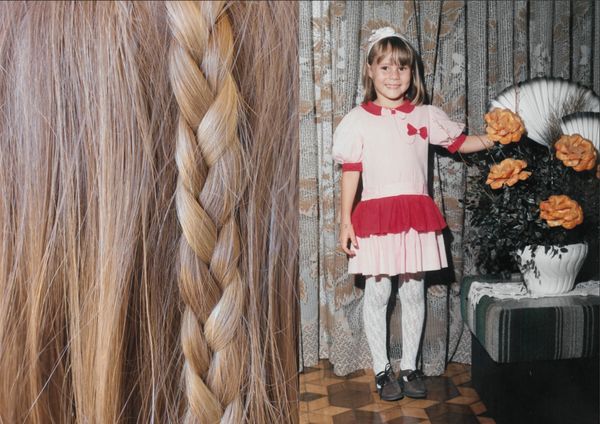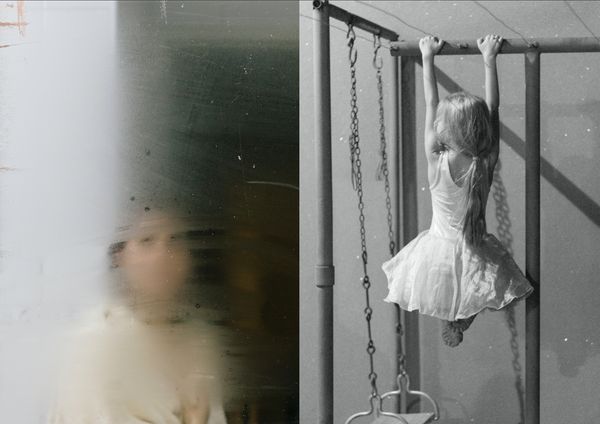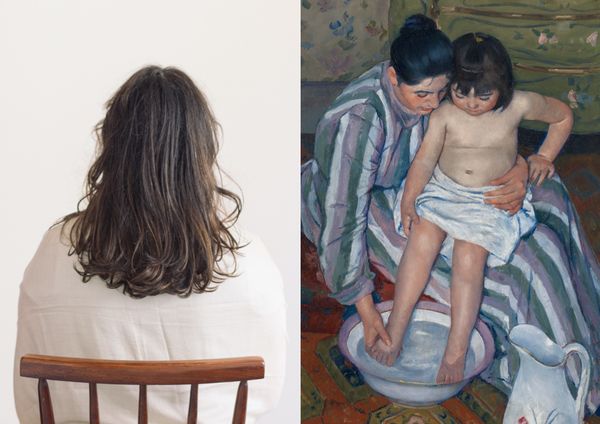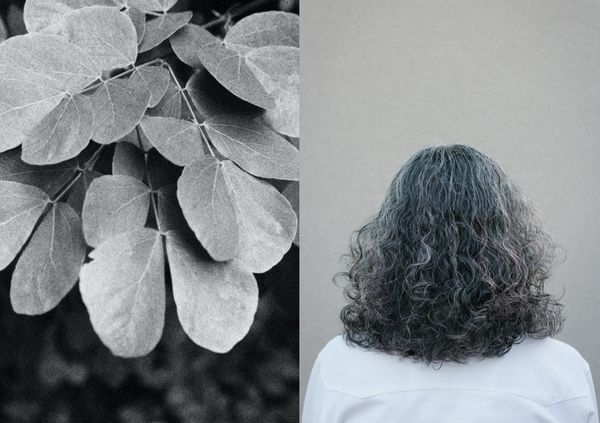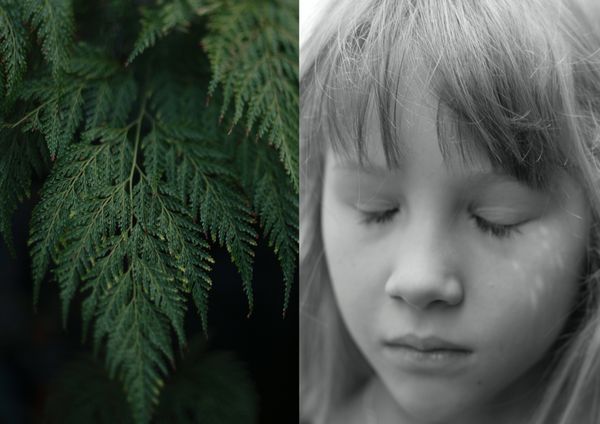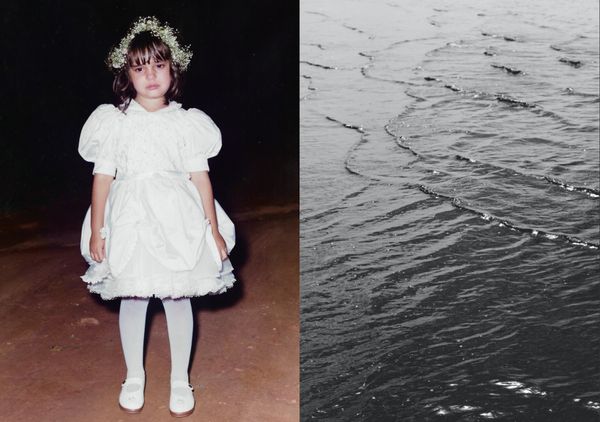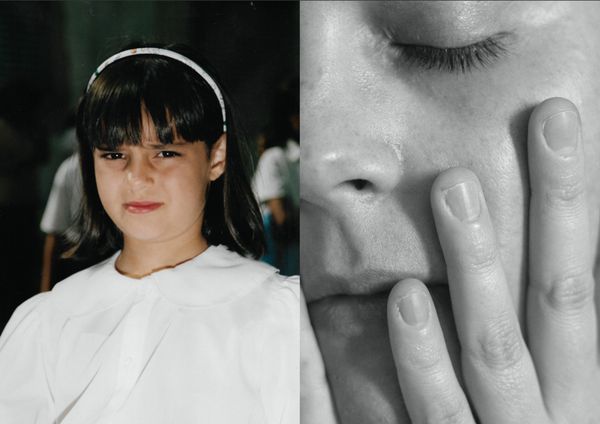helenas
-
Dates2023 - 2025
-
Author
- Topics Contemporary Issues
- Locations Brazil, São Paulo
"helenas" revisits memories through archives and authorial photographs, reflecting on how beauty standards shape self-image from childhood and how society privileges bodies that conform to the dominant aesthetic ideal.
I began an investigation into my family relationships, especially with my mother and my sister, and into the place I occupy — both within my family and in the society I am part of.
I realized, even in childhood, how my sister — blonde, with features more aligned with Eurocentric beauty standards — was treated differently from me. Her phenotype, similar to the dolls manufactured in Brazil during the 1990s and 2000s, granted her a kind of symbolic, emotional, and social privilege. This realization had a profound impact on my self-image, triggering insecurities that have accompanied me to this day — and that I had to relearn how to reshape and heal.
Years later, I became the aunt of a girl with straight blonde hair and green eyes. Observing how she also receives this differentiated gaze in public spaces, I recognized the same patterns I had experienced repeating themselves. This cycle led me to reflect on the figure of Helen of Troy, whose splendor was said to be capable of sparking a war — a powerful metaphor to understand how European beauty standards were imposed on Brazilian society and how they continue to be perpetuated.
Growing up in Brazil means, above all, learning from a very young age that blonde hair represents an ideal of beauty — associated with purity, value, and belonging. The name Helena, from the Greek helene, means “bright light,” “the beautiful one,” “the one who possesses splendor.” I have always seen the Helenas in this way — whether the mythological figure, the characters from Manoel Carlos' TV dramas, or the Helenas from my own story. In childhood, the Helenas carry the archetype of angelic beauty; in adulthood, they become muses.
From this personal experience, I created this work by bringing together public archives, family images, and authorial photographs in an attempt to revisit memories and construct new narratives. Helenas is, above all, an intimate reflection on how the marks of childhood shape our perceptions of the world. At the same time, it raises questions about how society assigns privilege to those who fit the dominant beauty ideal — and renders invisible those who do not.
